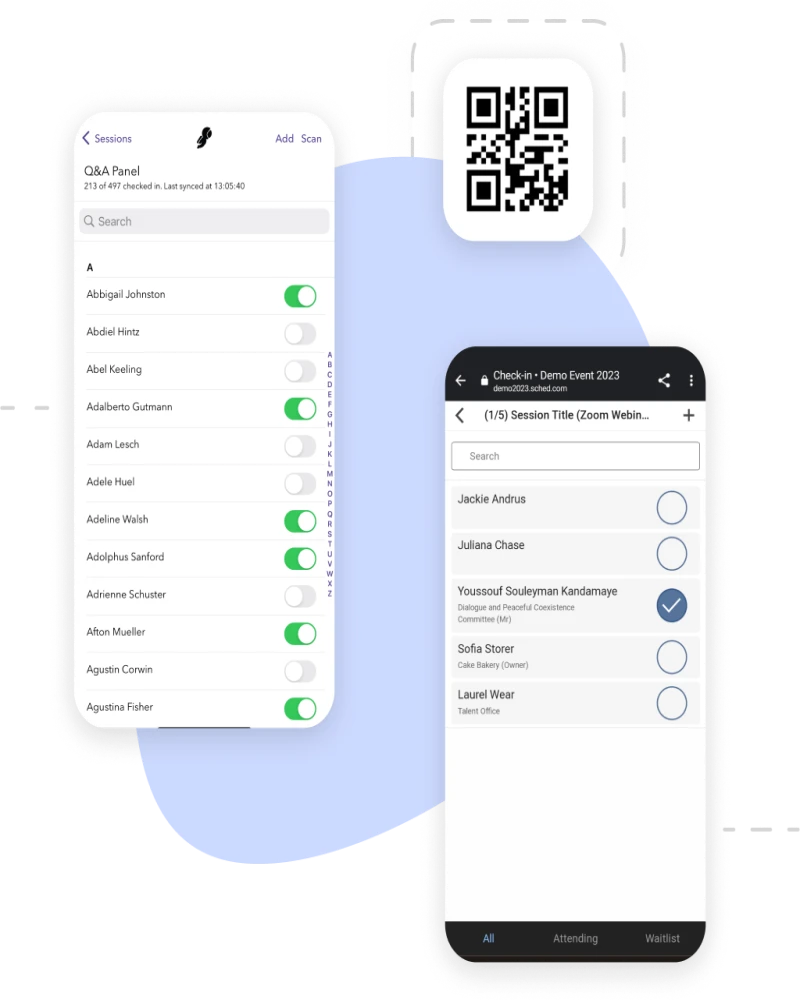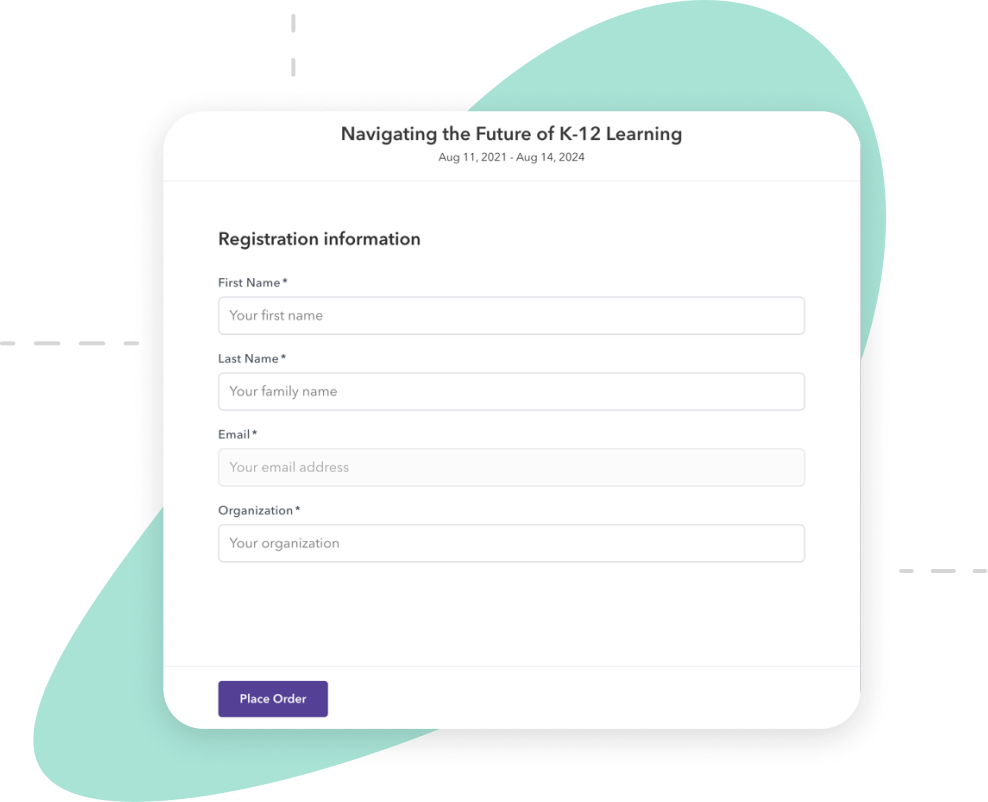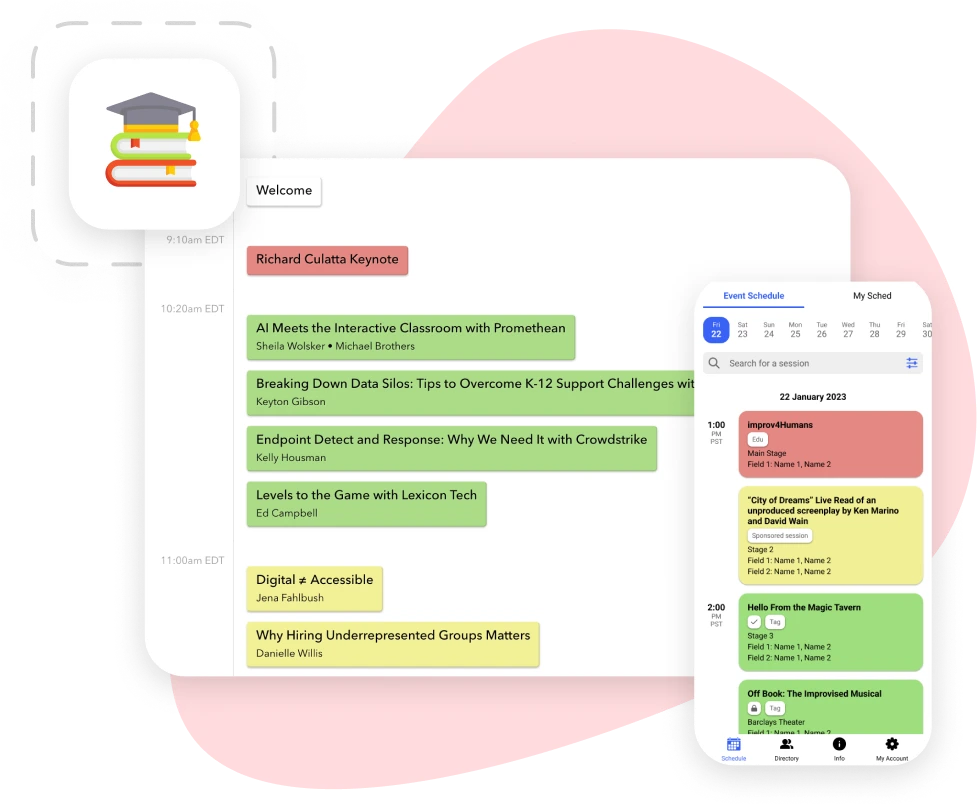Effortless planning with the top event management software for schools
Execute excellent events with the best event management software for schools and colleges. Easily plan and manage all your education events for teachers, students, staff, and alumni.
Sched's all-in-one solution empowers teachers, staff, and students to get the most out of your in-person, hybrid or virtual events.





Keep everyone in the loop
Last-minute changes? No problem. Our integrated communication tools keep event participants up-to-date.
Streamline planning
Complicated scheduling can spell planning disaster. Keep a clear overview of multiple sessions across different locations.
Eliminate multiple systems
Scattered planning tools turn event organization into a puzzle. Stay organized with one centralized platform.
Event management software for schools
Favorite education event planning tools
Manage and track session attendance
Awarding Continuing Education credits? Keeping an overview is easy with Sched's attendance tracking tools.
- Enable self-check-in for attendees or take care of the process yourself
- Add last-minute attendees to a session
- Export attendance reports and data

Streamline event registration with ease
Simplify the registration process for your teachers, staff, and students (and you!) with flexible and easy-to-use tools.
- Save time and effort by importing attendees
- Use our user-friendly platform or integrate with your preferred external platform
- Easily launch sign-up forms and set multiple ticket types

Celebrate your educators
Create a professional environment that makes your educators feel valued and appreciated with event management software for schools.
- Allow participants to create personal profiles and build their own schedules
- Empower your educators to share their input with post-session feedback tools
- Give attendees a voice with direct messaging and group chats
- Keep everyone in the loop with one centralized platform for all your education events

Choose event excellence with award-winning solutions









